|
|
|
2012
Back in the mid-1990s, I wrote a small booklet that I have yet to publish. Essentially, this was an effort to explain astrology by getting back to absolute fundamentals from what I call (following Goethe) imaginative observation: the idea is not simply to look up at the sky, but rather, having looked at it, to follow in precise imaginative reflection the movements as seen from various perspectives simultaneously. To be honest, this work has been one of the most harduous I had ever undertaken. Perhaps I'll put it together in a form that can be printed and publish it in the near future.
This page is (currently) about various significant dates for the year.
JANUARY: Chinese New Year
The 23rd of January marks the entry into the year of the (Water) Dragon. The new year (given the Chinese calendar is lunisolar) is marked by the New Moon, and hence a conjunction between Sun and Moon.
|
|
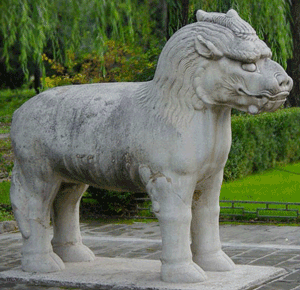
|
|
MARCH: Equinox, New Moon and Sun-Uranus conjunction
These three occur in such proximity that I would suggest an intensification of the powers of each.
The Equinox, on the 20th of March, opens this chapter. A couple of days later, on the 23rd of March at around 1:30 am (22nd in the EU and the Americas), the New Moon opens the day. Later that same day is a conjunction of the Sun with Uranus.
One of the intrigues of Uranus is that its axis of rotation (its pole) points towards the galactic centre (approx. 'near η Ophiuchi, about 15° northeast of Antares' - ref: wikipedia).
|
|
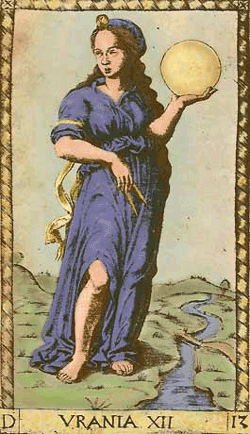 |
|
APRIL: Easter 2012
Easter Friday occurs on the 6th of April, followed by the Full Moon on the Saturday, with Easter Sunday therefore being on the 8th. This is quite a rare event: the Easter Full Moon occuring between the celebratory dates of the Crucifixion and the Resurrection.
|
|
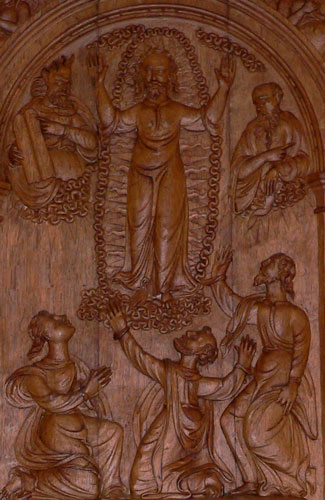 |
|
MAY: Annular Eclipse of the Sun
Though this eclipse is not visible from Australia, the 21st of May (20th in the EU and the Americas) annular eclipse forms an important 'bridge' linking China and the USA.
[image source: NASA]
|
|
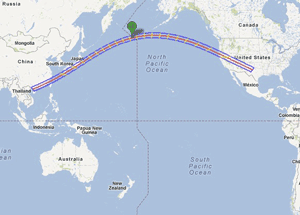 |
|
JUNE: Partial Lunar Eclipse, the Transit of Venus, the Solstice and some aspects
 The month begins with a partial Lunar Eclipse at Full Moon on the 4th of June, two days prior to the second of the pair of the transit of Venus across the face of the Sun. The month begins with a partial Lunar Eclipse at Full Moon on the 4th of June, two days prior to the second of the pair of the transit of Venus across the face of the Sun.
An event, if at all possible, not to be missed. The previous transit of Venus occured eight years ago (2004), and the next will not occur until next century.
Later in the month is the Solstice (21st), followed a week later with the Sun in opposition to Pluto and square Uranus. Given the relative slowness of the movement of both these outer bodies, we'll continue to see significant alignments at the solstitial and equinoctial points for some time.
For those interested, David Tresemer has written a small book on this very subject: The Venus Eclipse of the Sun 2012.
|
|
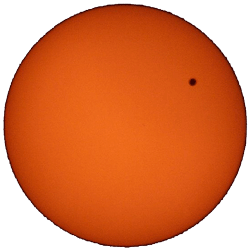 |
|
SEPTEMBER: Equinox and St Michael's Day
The Sun squares Pluto and is in opposition to the Full Moon and to Uranus on the 29th of September. |
|
 |
|
NOVEMBER: Solar Eclipse on the 14th
Whether the world likes it or not, the US elections has global ramification. A week after Mercury turns retrograde and the elections begin, a full Solar eclipse takes place beginning in the region of Darwin (the location of the latest US military base) then moving across the Pacific heading towards (but not quite reaching) Chile.
|
|
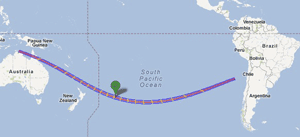 |
|
DECEMBER: End of Mayan Calendar
What more need I add... the calendar returns to its starting position of 13.0.0.0 and we begin a new calendrical cycle. |
|
 |
|